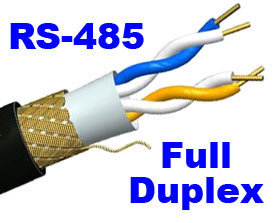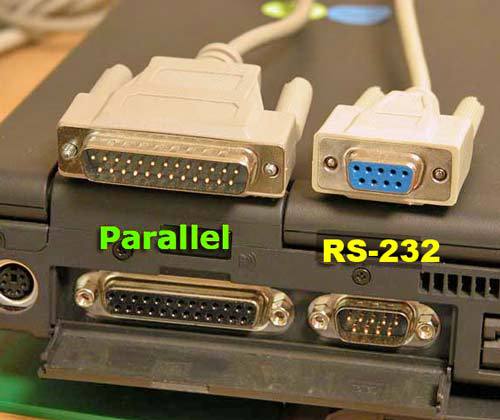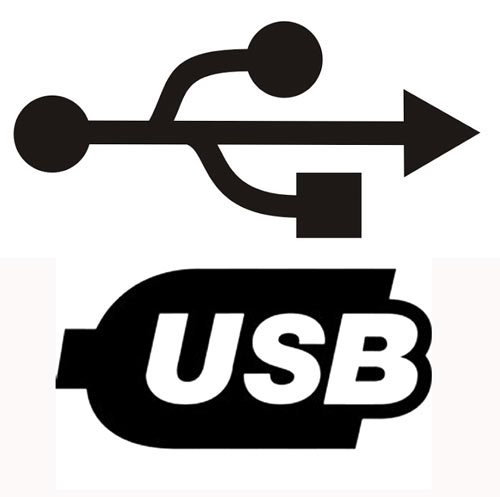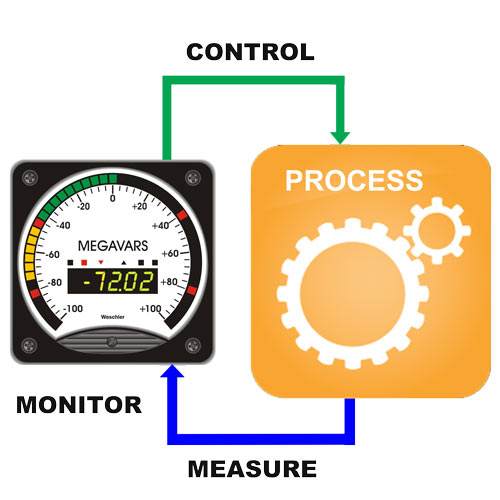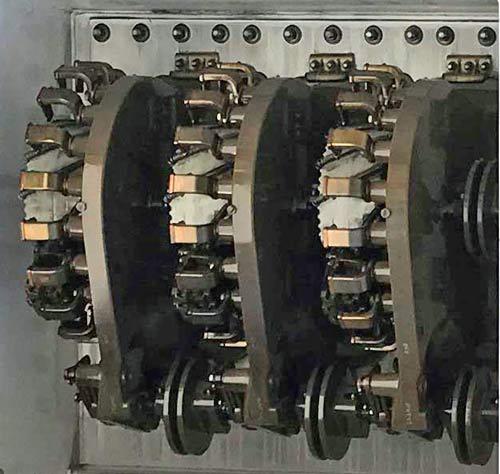The RS-485 standard (also known as ANSI/TIA/EIA-485) was developed in the 1980s to allow a master device to communicate with multiple slave devices. RS-485 defines a method for serial transmission using differential signal lines shared by up to 32 devices. Its advantages over RS-232 include higher noise immunity, higher speed, (more...)
